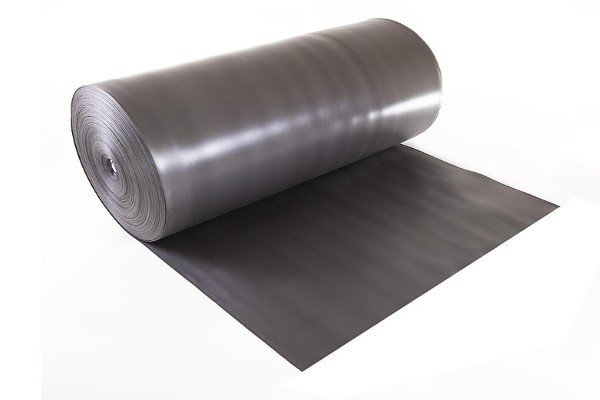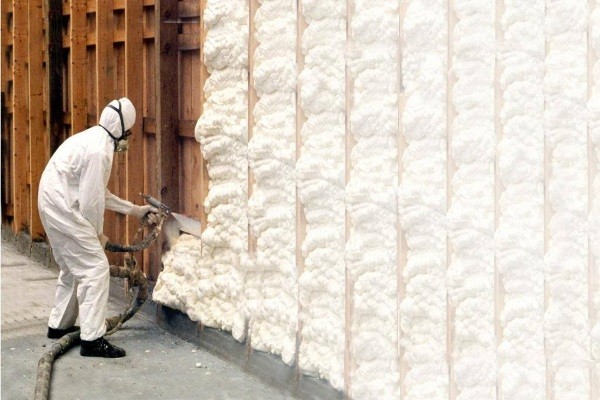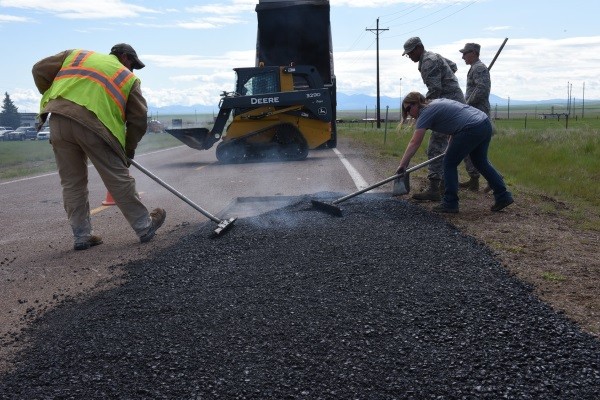Which of the flat room systems for commercial buildings is the best? Roofs complete the barrier that creates the internal space of a building. Exposed to the sun and rain, roofs must have the strength and durability to provide long-term protection.
Strong, quality roofs are great investments. However, you won’t always have to choose the most expensive ones. There are quality roofing materials for different price tiers.
In this guide, you’ll learn more about the different flat roof systems for commercial buildings. After reading, you’ll know which material is the best for your commercial building.
Flat Roof Systems for Commercial Buildings: Basic Requirements
Longevity
A typical commercial building has a lifespan of 50-70 years. Considering this, its roofing material must have the same lifespan or even more.
It’s a tall order. However, manufacturers have produced the best roofing materials to comply with this requirement.
Many durable and quality roofing materials have a lifespan of 50 plus years. Average but affordable roofing materials can last for 20-30 years, which is great value for their price point.
In addition, most flat roof systems for commercial buildings are affordable. Because flat roofs are rarely seen from the ground, property owners need not prioritize curb appeal.
Durability
In choosing the right flat roof systems for commercial buildings, property owners must consider durability. To do this, they must consider the average weather in their location.
Commercial buildings in hailstorm-prone areas need a roof capable of withstanding multiple hailstorms. Property owners can choose to have a durable, virtually-impregnable roof. Alternatively, they can have an affordable roof that they can quickly replace too.
However, a durable, long-lasting roof that requires minimal repairs during hailstorms is more cost efficient.

Cost-Efficiency
Flat roof systems for commercial buildings are expensive. For example, an average roof material will cost $5-$7 per square foot.
In contrast, a premium, long-lasting roof can cost about $15-$17 per square feet. If the commercial building has a wide width, it will mean huge expenses for property owners.
However, premium commercial roofs can last for more than 50 years. This makes them great investments.
Average roofs are effective although they have a shorter lifespan compared to their counterparts. If carefully maintained, they can last as long as premium roofs.
Maintenance Requirements
Each kind of flat roof systems for commercial buildings have different maintenance requirements. Some single-ply membranes require regular contractor checkups.
In contrast, some manufacturers will attest their roofing materials require no maintenance if their endorsed contractors install the material.
Regardless of manufacturer statements, roofs will need minimal maintenance yearly. This will set you back a few hundred dollars. However, it makes sure your roof is durable enough to protect your property and last for virtually a lifetime.
Best Materials for Commercial Flat Roofs
Property owners have a huge selection of flat roof systems for commercial buildings.
Common commercial building choices include single-ply membranes such as EPDM, TPO, and PVC. On the other hand, spray urethane foams are becoming a top choice because of their quick installation and efficiency.
Know more about all the available commercial flat roof materials below.
EPDM
Any contractor will recommend ethylene proprylene diene monomers (EPDM) to most property owners. Due to their affordability and quality, EPDM or rubber roofs have become popular worldwide.
Manufacturers use recycled rubber from tires, slate, and sawdust to manufacturer EPDM sheets. With efficient installation, property owners can have 20-30 years of quality, hailstorm-proof roofing, with rubber roofs.

TPO
Thermplastic polyolefin (TPO) roofs are single-ply membrane flat roof systems for commercial buildings. Their main differences with EPDM are their prevalent white color and heat-welded installation.
Contractors usually install EPDM with adhesives. Heat-welded TPO roofs allow it to overlap seams and melt on roofing foundations to create an insulating, watertight seal.
Despite its commendable hailstorm resistance, TPO only lasts for 20-30 years.
PVC
Polyvinyl chloride (PVC) roofs have the same chemical composition as its water pipe counterparts. However, instead of taking on a tube form, PVC roofs are flat sheets.
Manufacturers provide a vast range of colors for PVC roofs. In addition, it is heat-welded to provide exceptional insulation and watertight seals.
However, it is quite an investment. PVC roofs cost about $8-$10 per square foot.

Spray Urethane Foam
While not a common choice for property owners, spray urethane foam (SPF) is a great alternative to single-ply roof membranes.
SPF is a liquid-form plastic roofing that shares its chemical composition with PVC. In seconds, the material dries up and hardens having the thickness and durability of single-ply membranes.
However, its installation process can be expensive. Contractors will require special equipment to install them. SPF roofs have a lifetime of over 20-30 years.
Asphalt Decks
Asphalt is a byproduct of petroleum. Manufacturers use asphalt in creating traditional residential shingles. However, it is additionally a formidable material for commercial flat roofs.
Flat roof systems for commercial buildings usually require asphalt decks for rooftop parks and gardens. These decks can last for more than 50 years. However, they are expensive as they are durable.

Metal Roofs
Metal roofs have a lifespan of over 50 years. However, they’re one of the most expensive roofing materials for commercial roofs.
Aluminum is the most expensive metal roof. However, it does not corrode and it is lightweight. Its heavier yet durable counterparts are galvalume and galvanized steel. These two materials will withstand corrosion through a protective zinc coating.
Conclusion
Property owners have a huge variety of flat roof systems for commercial buildings to choose from. However, they must consider their local weather, building needs, and budget to find the best roof that fits their budget.
Aside from their durable, long-term characteristics, roofing installation plays a huge role in lengthening their lifespan. Make sure that you only use reliable contractors for any roof replacement and installation.
Take note that certain roofing materials, such as SPF, require special equipment and contractor training. This can elevate your expenses despite the affordability of the material.
As with anything, it pays to consult professionals before any roofing service, so make sure to do so!

